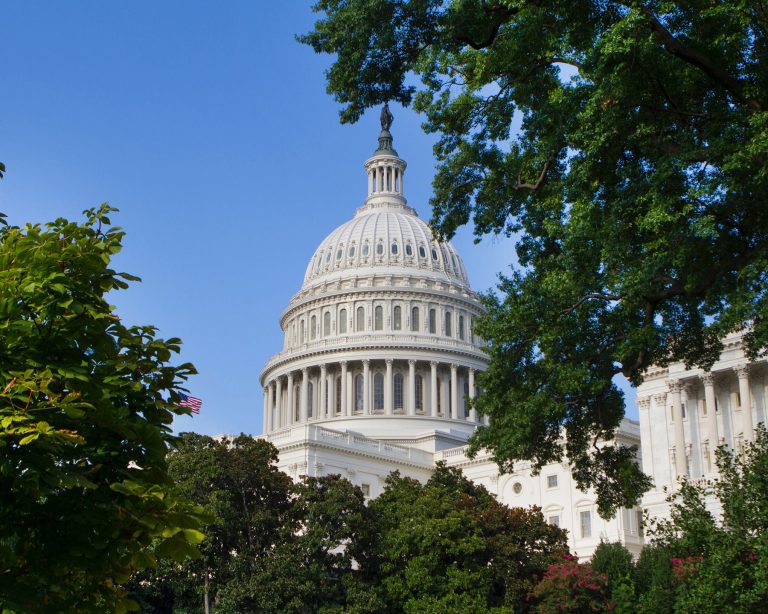Pay-to-play rules and regulations, including the well-known Financial Industry Regulatory Authority (FINRA) and Securities and Exchange Commission (SEC) pay-to-play-rules, have become a focal point for compliance teams navigating the midterm elections in 2022. However, even in off years, or years with no major elections, for those firms who rely heavily on government contracted work, political contribution compliance can’t just turn off.
Looking at the contribution trends over the last five years, both in terms of monetary value and number of contributions, it’s clear firms are more at risk than ever before. With increased contributions occurring at the local, state and federal level, firms can’t afford to simply “wait and see.” Especially given the fact rule infractions can incite a multi-year ban on government contracted work.
RIA in a Box, in conjunction with the COMPLY portfolio, launched a financial services compliance industry analysis in which they aggregated and examined data points from numerous compliance firms to gain a clear understanding of the specific areas in which firms are facing new challenges and reaching new compliance heights. One such area? Pay-to-play compliance.
So, what have we learned from 2022 and how can we apply it towards safeguarding against the political contribution risk you may face in the future?
Applying 2022 political contribution compliance trends toward your 2023 pay-to-play compliance program
According to our survey, 42% of respondents stated pay-to-play compliance and employee political contribution monitoring ranked high on their priority list, while 41% stated it was a priority but not a critical one.
And for those who did monitor covered associates, an astounding 57% monitored at least 50 covered associates, with 41% monitoring over 100 associates.
Interestingly given the number of associates required to be covered and the complexity of many rules, when asked what their biggest political contribution challenge was, creating and educating employees on political contribution policies was listed first more often than not.
The creation of and edification on such pay-to-play and political contribution policies is a critical aspect of any compliance program. After all, your first line of compliance defense is a knowledgeable employee base.
When creating or amending policies it is critical to keep a few things in mind:
- What local, state or federal regulations apply?
- To whom do they apply? Do regulations apply to family members of the covered associate as well? Will you monitor a broader set of your employee base, including employees who may one day be considered covered associates?
- What kind of additional provisions apply (i.e., lookback provisions)?
- Is there a de minimis contribution threshold?
- What kind of preclearance process will be required for those who wish to make political contributions?
While political contribution compliance and monitoring is an extremely high priority even in off years, it is by no means the only priority within your compliance program. Learn more about the data trends from 2022 and how they will shape 2023 regulatory compliance programs in RIA in a Box’s full industry analysis.
